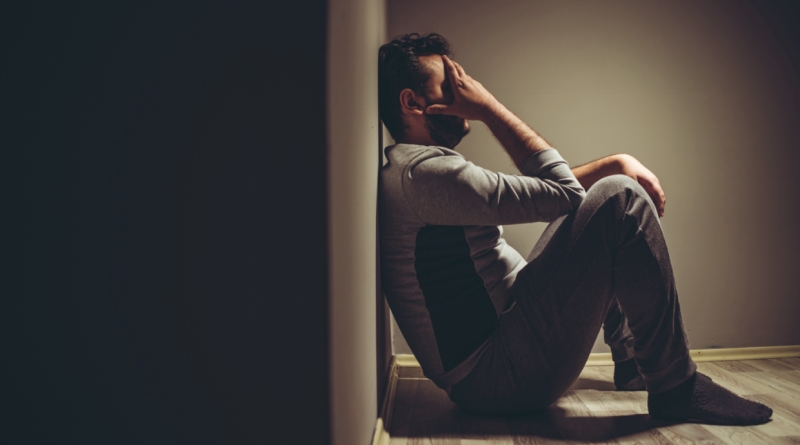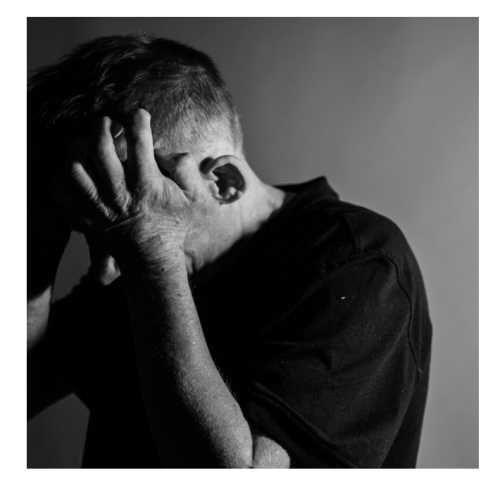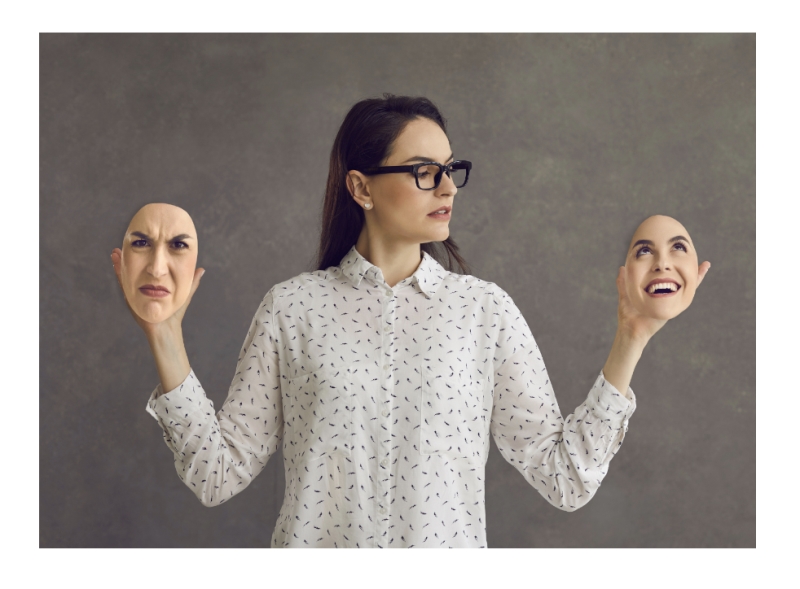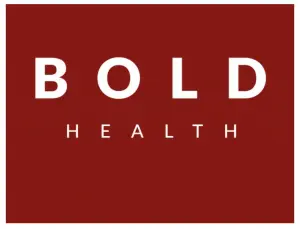

Clinical depression and bipolar disorder often get confused, and for good reason. They share some of the same symptoms, but they’re definitely not one and the same. Perhaps the main reason for the confusion is due to the term “bipolar depression” being thrown in the mix. While it’s a clinically accurate term used to describe the depressive episodes of people with bipolar disorder, it’s not the same as clinical depression.
The main difference between the two disorders is the alternating feelings of depressive and manic episodes with bipolar disorder. When you have depression, you don’t experience manic episodes.
To gain a better understanding of the differences between depression vs. bipolar disorder, let’s dive a little deeper into each one.
What is Depression and What Are the Best Treatments?
Symptoms of Clinical Depression
Depression, sometimes referred to as “unipolar depression,” is much more than feeling sad. When you suffer from clinical depression, it impacts every area of your life: your career or schoolwork, relationships, and even your health. Clinical depression doesn’t discriminate, either. It can affect anyone of any age, even children.

The most common symptoms of clinical depression include:
- overwhelming feelings of sadness, emptiness, or hopelessness
- difficulty concentrating, remembering things, and making decisions
- loss of interest in doing things you normally enjoy
- changes in sleep patterns – sleeping more or having insomnia
- lack of energy
- unexplained ailments like headaches or back pain
- angry outbursts and irritability
- feelings of worthlessness and guilt
- recurrent thoughts of death and suicide
- significant weight gain or loss
One of the most crucial things to keep in mind is that depression isn’t a choice you make. You don’t choose to “feel depressed,” and you simply can’t “snap out of it.” Clinical depression is a serious mental illness and requires professional help to get through it.
How to Identify the Warning Signs of Depression
Symptoms of Bipolar Disorder
Like clinical depression, symptoms of bipolar disorder negatively interfere with your life and can create a lot of stress in relationships, jobs, and school work. Also known as “manic depression,” if you have bipolar disorder, you experience emotional ups and downs that are often extreme.
You can go from a depressive episode to a manic episode quickly and often. Usually, manic episodes aren’t caused by any particular situation or event.
When comparing depression vs. bipolar disorder, many of the symptoms listed above associated with depression still apply to bipolar disorder. So it’s important to be able to identify manic episodes, or mania, to determine if you or a loved one suffers from bipolar disorder.
How to Talk About Your Depression With Friends and Family
A bipolar manic episode is an extended period of time where you feel an abnormally high level of energy or activity.
Some of the most common symptoms of mania include:
- racing thoughts
- increased energy, activity, or agitation
- inflated self-esteem or grandiosity
- more talkative than usual, or talking quickly
- distractibility
- engaging in potential reckless activities (often involving sex, drugs, or money)
- abnormally jumpy or wired
- experiencing delusions, hallucinations, or illogical thinking
What is a Substance-Induced Mood Disorder?
The cycling between depression and manic episodes isn’t always predictable and can differ from day to day. In between depressive and manic episodes, you may have stretches of time when you feel “normal.”
But there are some other behavior patterns you may experience with bipolar disorder.
- mixed state: experiencing symptoms of depression and mania at the same time
An example of this would be having a depressed mood while simultaneously hyperactive.
- rapid cycling: repeatedly swinging from depression to mania with no “normal” time in between
It’s essential to note that manic episodes can be dangerous and often require hospitalization to avoid harm.

Getting Help for Depression: How to Find the Right Therapist
Types of Bipolar Disorder
Determining whether it’s bipolar or depression is one thing. But did you know there is more than one type of bipolar disorder? There are actually four types. Being able to identify these can help you distinguish whether it’s depression vs. bipolar disorder.
- Bipolar I Disorder
- have experienced at least one manic episode
- may or may not have experienced a depressive episode
- Bipolar II Disorder
- have experienced at least one depressive episode and a period of elevated mood, otherwise known as “hypomania” (not as extreme as mania and shorter-lived)
- tend to experience longer depressive episodes and shorter hypomania states
- often seek a mental health treatment program during depressive episodes rather than hypomania episodes
- Cyclothymic Disorder or Cyclothymia
- chronic fluctuating mood disturbance where you experience hypomania and mild depression for at least two years
- brief periods of “normal” moods lasting less than eight weeks
- “Unspecified” bipolar disorder
- don’t meet criteria for bipolar I, II, or cyclothymia but still experience clinically significant abnormal mood fluctuations
Accurately diagnosing yourself or a loved one is extremely challenging. It’s best to find a mental health treatment program that can help you, so you can make sure you get the appropriate depression therapy in San Diego as soon as possible.
Finding the Best Depression Treatment in San Diego
Finding the Best Bipolar and Depression Treatment in San Diego
Whether you or someone you care about is suffering from bipolar or depression, choosing the right mental health treatment program can change your life for the better. But to start making positive changes in your mental health, you need to take the first step and contact someone to help you.
At BOLD Health in beautiful San Diego, we offer high-quality bipolar and depression therapy using science-backed treatments proven to be effective.
Our unique approach to helping you overcome bipolar or depression means we won’t simply offer depression therapy in San Diego to minimize your symptoms. Instead, we’ll treat you. Together, we’ll get to know and better understand what brought you to where you are now.
Your individualized mental health treatment program is tailored to your biological, genetic, structural, and medical underpinnings. That means the bipolar or depression therapy you receive from us is unlike anyone else’s.
It also means it’s highly effective.
Because we offer such a comprehensive range of mental health treatments, we can help you no matter what level of therapy you need. Your customized therapy program may include:
- individual therapy
- group therapy
- family therapy
- intensive outpatient program (IOP)
- medication management
What to Expect in a Depression Treatment Program

Navigating the challenges of bipolar disorder and depression can be overwhelming. Don’t do it alone. Our team of experts will walk with you from intake to recovery for as long as you need us. Contact us about depression treatment in San Diego and get started on your journey to living a happier, more fulfilling life.


